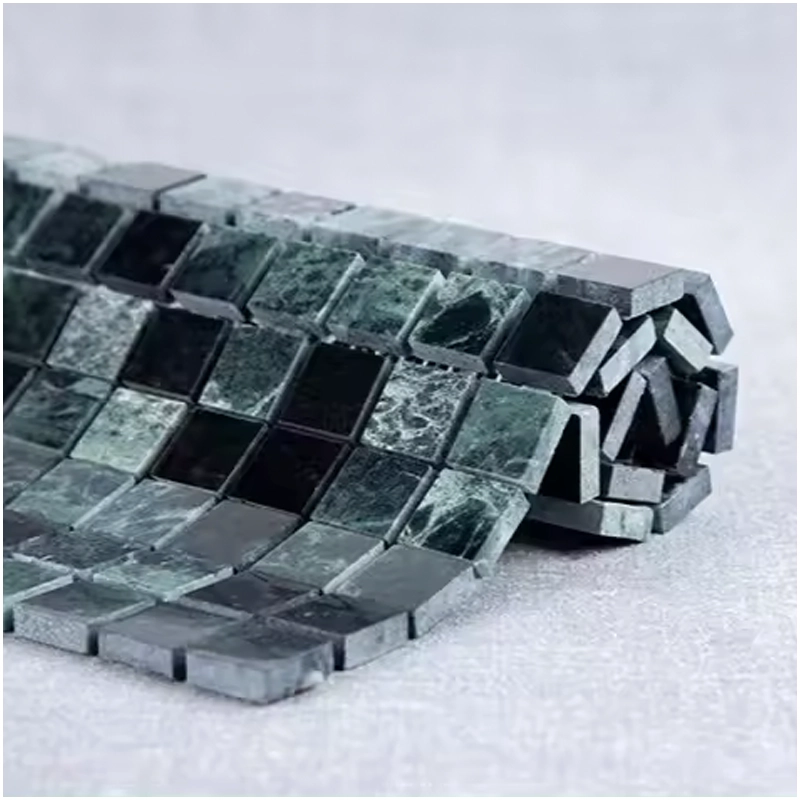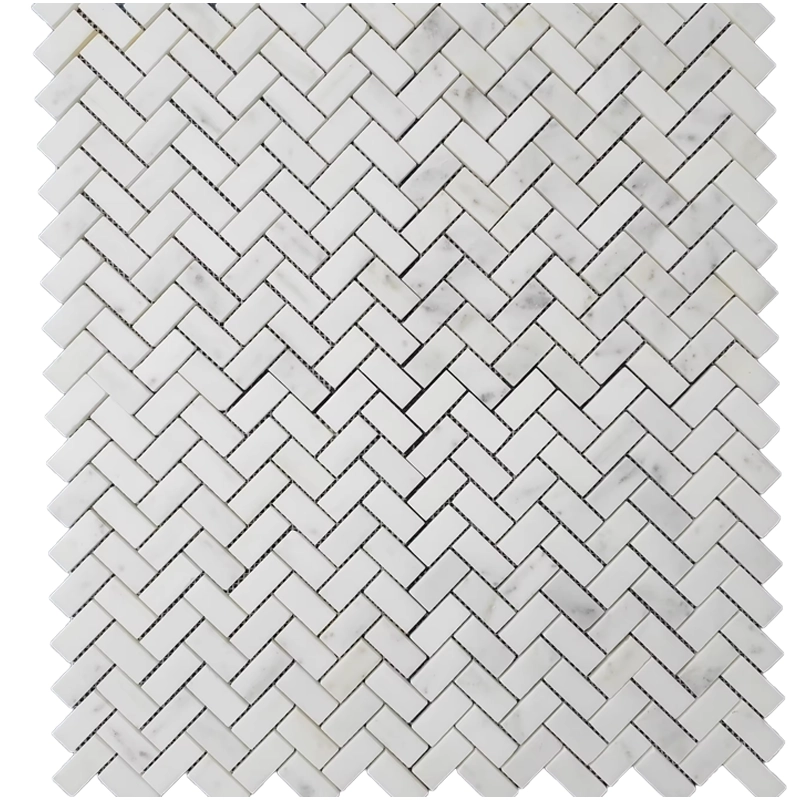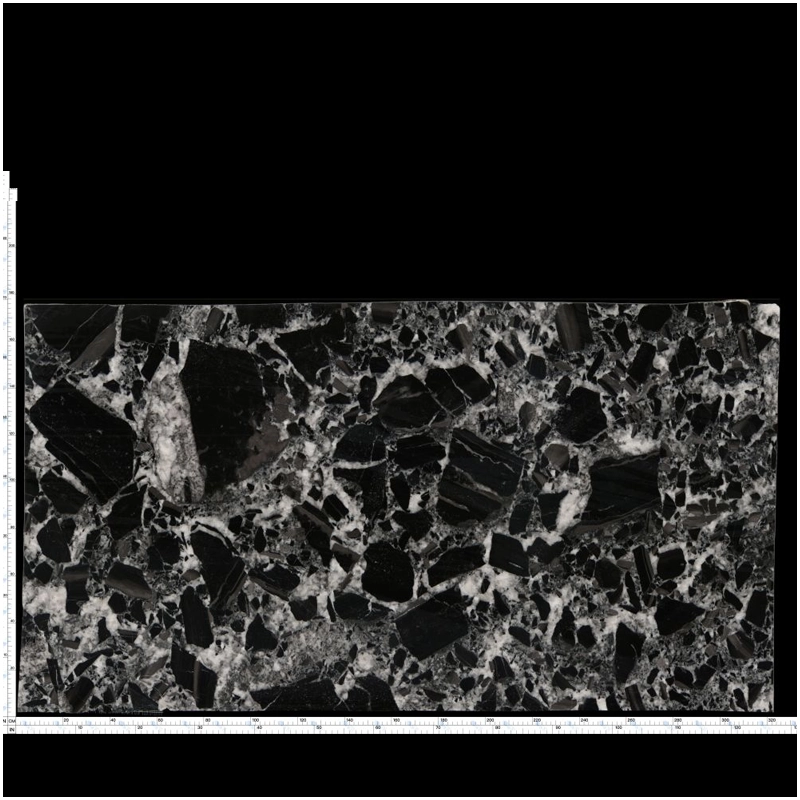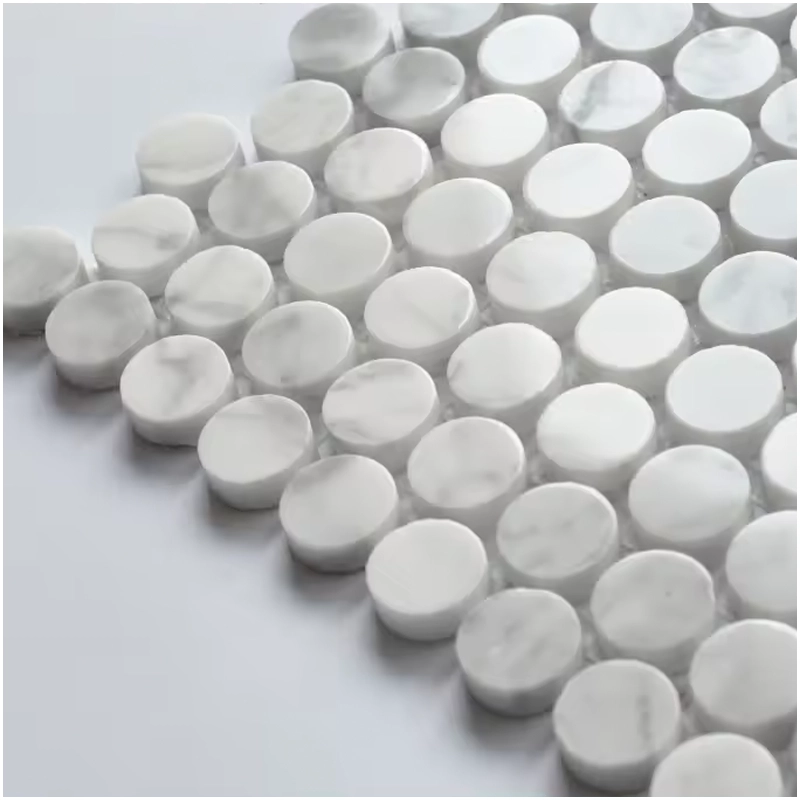White marble is undoubtedly one of the most widely used natural stones in the world of interior design and construction. Its gentle and pure white color, reminiscent of freshly fallen snow, offers an unparalleled aesthetic appeal that has been cherished by designers and homeowners alike. However, this beloved material also comes with its fair share of challenges. The susceptibility of white marble to yellowing is a significant concern that often deters potential users. In this comprehensive guide, we will delve into the causes of yellowing in white marble and provide practical solutions to help you maintain its pristine beauty.
Understanding the Nature of White Marble
White marble is prized for its elegant appearance, but it is also notorious for being somewhat “finicky” when it comes to maintenance. Its porous structure and chemical composition make it vulnerable to staining and discoloration. To effectively address the issue of yellowing, it is crucial to understand the underlying reasons and the factors that contribute to this problem.
The Role of Iron Minerals
One of the primary culprits behind the yellowing of white marble is the presence of iron minerals within its structure. Research using scanning electron microscopy has revealed that white marble contains iron particles ranging in size from 2 micrometers to several hundred micrometers. These particles can be randomly distributed across the surface or concentrated along the veins of the stone. When exposed to oxidizing agents, such as oxygen in the air, these iron minerals can transform into yellow or brown iron oxides, creating unsightly stains.
The iron in white marble typically exists in the form of ferrous sulfide, ferrous carbonate, and ferrous silicate. When these minerals come into contact with water and oxygen, they undergo a chemical reaction that results in the formation of hydrated iron oxides, commonly known as rust. This process, known as “spitting yellow” or “yellowing,” can significantly diminish the aesthetic value of white marble.
The Influence of Water and Alkalinity
Water plays a critical role in the yellowing process of white marble. While it might seem counterintuitive, the presence of water alone is not sufficient to cause yellowing. For instance, white marble placed in close proximity to heat sources, such as hot water pipes, tends not to exhibit yellowing. This suggests that moisture, in combination with other factors, is a key contributor to the problem.
Experiments have shown that when white marble samples are subjected to thermal shock by immersing them in deionized water at 15-25°C for 6 hours and then baking them in an oven at 100-110°C for 18 hours, only the samples with iron-rich surfaces exhibit mild yellowing. This minimal yellowing is attributed to the low conductivity of deionized water, which slows down the oxidation process. However, when the same marble samples are immersed in alkaline water and subjected to similar conditions, severe yellowing occurs, particularly in Carrara white marble.
The reason for this pronounced yellowing in alkaline conditions is that the oxidation potential of ferrous iron is reduced in alkaline media, making it more susceptible to oxidation by atmospheric oxygen. The resulting iron oxides, combined with water, produce the yellow discoloration commonly seen on white marble surfaces.

Organic Contaminants
In addition to iron minerals, white marble can also contain organic substances that contribute to yellowing. These organic materials, which are remnants from the formation process of the stone, can react with alkaline water to produce brownish-yellow compounds. When marble is installed without proper waterproofing on the back surface, alkaline water from cement mortar can seep through and react with these organic substances, leading to discoloration.
Even after installation, environmental factors such as climate can cause water to penetrate through the cement and carry organic pollutants to the surface of the marble, resulting in yellow stains.
- External Factors Contributing to Yellowing
While the internal composition of white marble plays a significant role in its susceptibility to yellowing, external factors can also exacerbate the problem. Understanding these factors can help in developing effective preventive measures.
- Wear and Tear
As white marble surfaces experience regular foot traffic and wear, dirt and debris can become embedded in the pores of the stone. Over time, this accumulation of dirt can cause the marble to appear yellowed and dull. Proper cleaning and maintenance are essential to prevent this type of discoloration.
- Improper Cleaning Practices
Using dirty mops to clean marble floors is a common mistake that can lead to yellowing. The dirt and grime carried by the mop can accumulate within the stone’s pores, causing discoloration. It is crucial to use clean mops and water to avoid introducing contaminants to the marble surface.
- Waxing and Polishing
Applying wax to marble surfaces for polishing purposes can sometimes result in yellowing. Over time, the wax can build up and oxidize, leading to a yellowish hue. Additionally, the use of inappropriate waxes can clog the stone’s pores, affecting its natural ability to breathe and further contributing to discoloration.
- Crystal Surface Treatment
During crystal surface treatment, the use of steel wool can leave behind fine particles that become embedded in the marble’s pores. These particles can act as a source of yellowing, especially if the treatment is performed on damp marble. It is essential to thoroughly clean the surface after treatment to remove any residual particles.
- Installation-Related Issues
The installation process can also introduce factors that lead to yellowing. Despite the application of waterproofing treatments to the marble slabs, issues such as improper cutting, contamination from cement mortar, and inadequate waterproofing can still result in discoloration.
For instance, cutting marble slabs on-site to fit specific dimensions can damage the waterproofing applied to the edges. Additionally, cement mortar used during installation can sometimes come into contact with the marble surface, especially if it is not properly cleaned. The alkaline nature of cement can react with the stone, causing yellowing.
Preventive Measures for Yellowing in White Marble
Processing and Manufacturing
-
Selecting High-Quality Blocks: Carefully inspect marble blocks for any signs of impurities, such as veins of iron minerals or organic inclusions, before processing. Choosing high-quality blocks with minimal impurities can help reduce the risk of yellowing.
-
Cutting and Cleaning: Use clean water during the cutting process to prevent contamination from rust or other pollutants. After cutting, thoroughly rinse the marble slabs to remove any residual dirt or debris.
-
Waterproofing and Sealing: Apply a high-quality oil-based waterproofing agent to the marble slabs after cutting. This step helps to seal the pores and prevent the ingress of moisture, which can lead to yellowing.
-
Packaging and Storage: Ensure that marble slabs are properly packaged to prevent contact with contaminants. Use protective materials to create a barrier between the marble and any potential sources of pollution.
Installation Best Practices
-
Pre-Installation Waterproofing: Before installing white marble, apply a suitable waterproofing agent to the back and sides of the slabs. This step helps to prevent moisture from penetrating the stone and causing yellowing.
-
Using Stainless Steel Fixtures: For dry-hanging installations, use 304 stainless steel fixtures to avoid rust stains. Ensure that all cuts and openings are sealed with waterproofing agents to prevent moisture ingress.
-
Maintaining a Clean Installation Environment: Keep the installation area clean and free from dirt, dust, and other contaminants. Avoid using wet cloths or mops during installation, as this can introduce moisture and contaminants to the marble surface.
Maintenance and Care
-
Regular Cleaning: Clean white marble surfaces regularly using a soft cloth or mop and clean water. Avoid using harsh chemicals or abrasive cleaners, as these can damage the stone and contribute to yellowing.
-
Protective Measures: Place mats or rugs at entry points to prevent dirt and debris from being tracked onto the marble surface. This can help reduce wear and tear and minimize the risk of yellowing.
-
Avoiding Wax and Polishing: Refrain from using wax or other sealants that can build up and oxidize over time. Instead, opt for professional marble cleaning and polishing services that use appropriate products for maintaining the stone’s natural beauty.
-
Professional Maintenance: Consider hiring a professional marble maintenance service to perform regular inspections and treatments. They can identify potential issues early and take appropriate measures to prevent yellowing and other forms of discoloration.
Addressing Yellowing Issues
If you notice yellowing on your white marble surfaces, it is essential to address the problem promptly to prevent further discoloration. The first step is to identify the cause of the yellowing. If the discoloration is not due to iron minerals, it may be caused by external factors such as dirt buildup, wax residue, or improper cleaning practices. In these cases, thorough cleaning with a pH-neutral cleaner and proper maintenance practices may be sufficient to restore the marble’s appearance.
For iron-related yellowing, it is crucial to use the right products and techniques to remove the stains without causing additional damage to the marble. While there are various commercial products available for removing iron stains from marble, it is important to exercise caution. Many of these products contain acids that can etch the stone’s surface if not used correctly.
One effective method is to apply a poultice made from a mixture of a weak acid or a specialized iron remover and an absorbent material such as kaolin or talc. The poultice is applied to the stained area, covered with plastic wrap, and left to work for several hours (typically 24 hours). The poultice works by drawing out the iron stains from the marble while the absorbent material helps to prevent the acid from etching the surface. After the treatment period, the poultice is removed, and the area is thoroughly rinsed with clean water.
Steps for Applying a Poultice:
-
Preparation:
-
Clean the affected area with a soft cloth and clean water to remove any surface dirt.
-
Ensure the area is dry before applying the poultice.
-
-
Mixing the Poultice:
-
Combine the iron remover or weak acid with the absorbent material (kaolin or talc) to form a thick paste. Follow the manufacturer’s instructions for the correct proportions.
-
-
Application:
-
Apply the poultice evenly over the stained area using a spatula or a soft brush. Ensure the poultice is thick enough to cover the stain completely.
-
-
Covering:
-
Cover the poultice with plastic wrap to prevent it from drying too quickly. Secure the edges with tape to create a seal.
-
-
Treatment Time:
-
Leave the poultice in place for the recommended time, usually 24 hours. The duration may vary depending on the severity of the stain and the product used.
-
-
Removal:
-
After the treatment period, carefully remove the plastic wrap and gently scrape off the poultice with a spatula.
-
Rinse the area thoroughly with clean water to remove any residue from the poultice.
-
Dry the surface with a soft, lint-free cloth.
-
-
Post-Treatment:
-
If the stain persists, repeat the process. It may take multiple applications to fully remove the iron stains.
-
After the stain is removed, consider applying a high-quality stone sealer to protect the marble from future staining.
-
Professional Help








